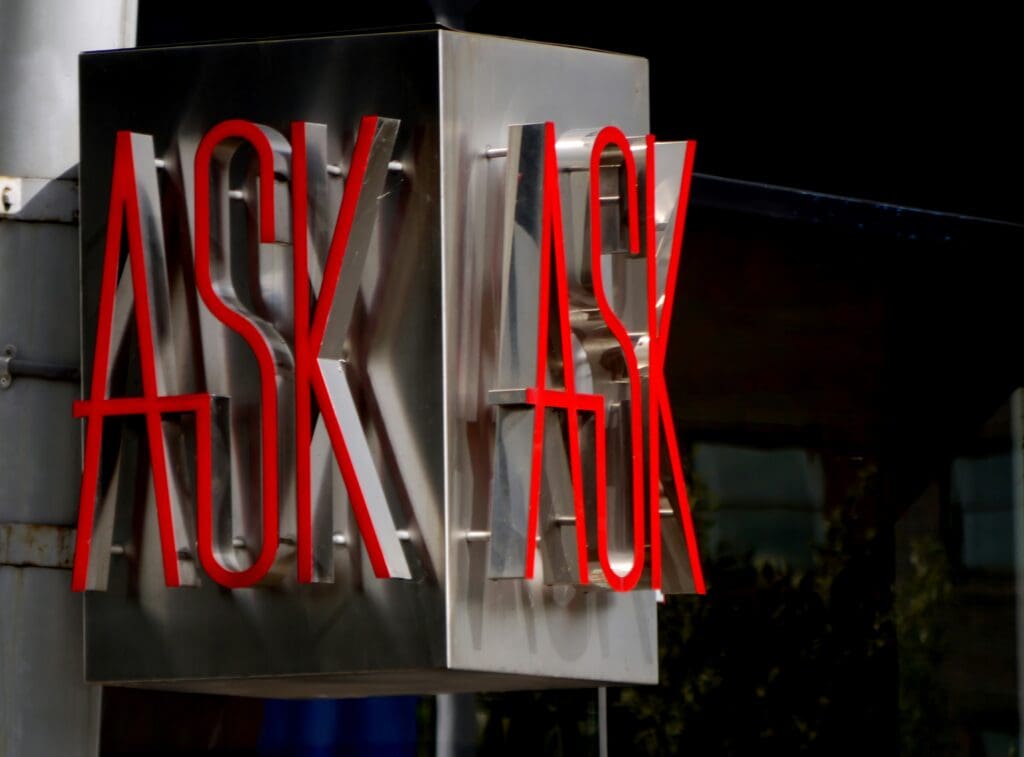Evaluating Partnerships for Your Brand

You’ve worked hard to build your brand and prove your use to your clients — but as the saying (almost) goes, no brand is an island. The fact is, there are lots of brands that have partnered with each other in ways that are both mutually beneficial and good for their respective customers.
GM and Lyft paired up to develop self-driving cars. Ford partnered with Amazon to create connected cars and expand the reach of Amazon’s Echo technology. Netflix teamed with LG to provide prepaid access to their service to emerging markets. These partnerships have been happening since time immemorial, and they can be a huge boon to everyone involved.
But not every brand partnership is a good idea. Before you enter into any partnership, you should consider the implications for not just your product and your bottom line, but your brand’s image. Here are a few things to consider:
- Customer benefits — any partnership should benefit not only you, but your customers. Is this making your product more affordable? Easier to find? Are you adding features? Why should your customers be excited about this partnership?
- Brand fit — does your potential partner have a similar brand image to yours? What do your customers think about them? This can be hard to discern sometimes, but there are brand images that obviously don’t fit. A Whole Foods and McDonald’s partnership wouldn’t make sense to anyone.
- Benefit assessment — what are the benefits of the partnership, and for whom? In this case, we’re not talking about the benefits to the customer, we’re talking about the benefits to the two companies.
Remember, they don’t have to be the same benefit — partnerships are often a trade-off. Maybe one company is getting access to a broader customer base, while the other is adding features that make their product more appealing to their existing customers.
- Risk assessment — what are the risks to either party? These could be financial, strategic, or image-related.
- Target audience — are the target audiences of both brands similar? They don’t have to overlap 100 percent, but there should be a lot in common between the two groups demographically.
Red Flags — Reasons Not to Partner With Someone
Finding a co-branding relationship is a lot like finding a romantic relationship. You’re looking for a general sense of compatibility and chemistry, but you also have a few red flags that will immediately turn a “maybe” into a “no.” Keep those in mind so you know where to draw the line. These red flags will vary for everyone, depending on your business and your company goals, but here are a few examples:
The Brand Doesn’t Line Up With Your Current Messaging
You’ve heard it before: if you’re talking to everyone, you’re actually talking to no one. You might be interested in a lot of different areas and industries for your business, but on a monthly or quarterly basis, you’re more focused on one specific set of messages.
If your potential partner isn’t involved in that area of your business, now might not be a good time to pair up. Wait until your messaging and marketing strategies line up — better yet, plan to team up in six months or a year — and then get on the same page.
The Brand Doesn’t Fit Your Long-term Goals
Another thing to keep in mind is where this partnership will take your company — beyond just the terms of the partnership itself. If your end goal is to sell to B2B clients with more than a million dollars in revenue, then a partnership with a brand that mostly serves startups might not take you in the direction you want to go — even if it gets you a short-term boost.
The Brand Doesn’t Add Any Value to Your Customers
Your customers are the people who keep the lights on, and they’re the people that will keep you afloat for the long haul — if a partnership doesn’t do anything for them, then it’s a waste of your time. Take a hard look at whether their experience with your company will improve as a result of this partnership before you decide to move forward.
There may be more red flags for your company in particular — for example, there may be social issues that you definitely don’t want to come down on the wrong side of — but in general, you’re looking for a partnership that will help your brand image, your company, and your customers.
Partnerships Done Right — Co-branding Success Stories
There are a few examples of when two companies’ goals and audiences line up perfectly to make something magical happen that wouldn’t have happened otherwise. Here are just a few.
GoPro and Red Bull Bring Us the Stratos Jump
GoPro and Red Bull are both companies that are more than their product — GoPro isn’t just a camera maker, and Red Bull doesn’t just make beverages. Both of them have positioned themselves as the de facto sponsors of an adventurous lifestyle, sponsoring outdoor athletes and extreme sports competitions and bankrolling mind-blowing stunts.
Perhaps no stunt was crazier than Felix Baumgartner’s Stratos jump in 2012, where he fell from a balloon more than 24 miles above the surface of the Earth. Red Bull and GoPro were front and center for the entire project, and their audiences were thrilled.
Casper and West Elm Overcome Shopper Hesitation
Casper is one of many premium mattress brands that sells almost exclusively online — but even with a 100-day return policy, some customers are hesitant to spend upwards of a thousand dollars on a mattress they haven’t had the chance to feel for themselves.
The solution: a partnership with high-end furniture company West Elm. West Elm already has more than 100 stores nationwide, and they don’t sell a mattress. Casper has no stores, and they don’t sell furniture. This way, Casper can situate its product where customers can get their hands on it before they buy, and West Elm gets to show off how great the Casper looks with their own upscale bed frames. It’s a win-win.
Frito-Lay and Taco Bell Create a Fast Food Legend
Frito-Lay and Taco Bell are, to put it mildly, not in the business of health food. Instead, they appeal to the same shoppers — people who want a lot of flavor for not a lot of money and who like to try crazy things.
To bring the two brands together, Frito-Lay gave Taco Bell its signature recipe for Nacho Cheese Doritos, and Taco Bell made it into a taco shell to create the Doritos Locos Taco. The product was an instant hit, selling an estimated one billion units in the first year, and has spawned more hybrid products like a Fritos Taco and a Flamin’ Hot Cheetos Crunchwrap Slider. These menu items might not be doctor-recommended, but there’s no denying their appeal.
The Bottom Line
In the end, finding a brand partnership is all about putting yourself in your customers’ shoes. What else do they like? What do they use alongside your product? What interests do they have in common besides the ones that brought them to you? And what would be the best for the future of your company? Find a partner that fits all those criteria and take your brand to the next level.





